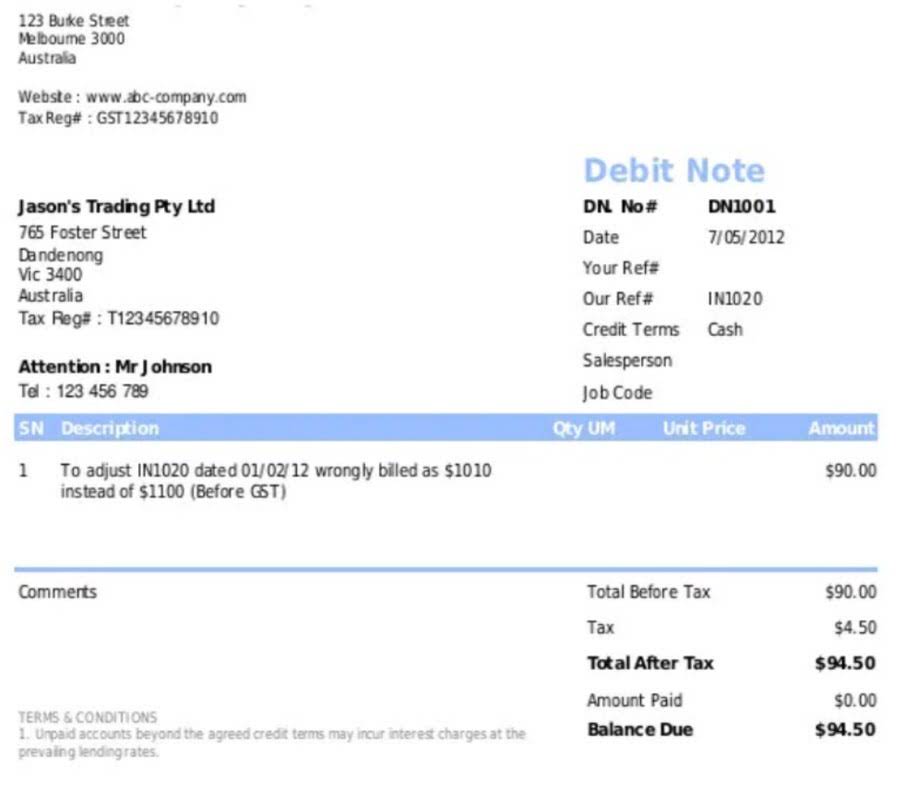
Adjusting journal entries can also refer to financial reporting that corrects a mistake made previously in the accounting period. As show above, there is no accounts payable nor accounts receivables on the books and retained earnings ties from one year to the next. Therefore the accrual to cash conversion is the difference between current year receivables/payables and prior year receivables/payables. The company had already accumulated $4,000 in Wages Expense during June — $1,000 for each of four weeks. For the two additional work days in June, the 29th and 30th, the company accrued $400 additional in Wages Expense. To add this additional amount so it appears on the June income statement, Wages Expense was debited.

Recognizing Earned Revenue

Each month, create a journal entry by debiting the Insurance Expense account and crediting the Prepaid Expenses account to recognize the portion of the prepaid expense that has been used. Similarly, accrued liabilities and wages also need to be adjusted when converting to accrual accounting. To account for these expenses, analyze wage records accrual to cash adjustment journal entry to determine the amounts owed to employees. While evaluating your current records, take note of any inconsistencies or missing information that could impact the conversion process. For example, when using cash accounting, a company might not have an accounts receivable account in their system which is necessary for accrual accounting.
How to Convert Accounting Records from the Accrual Basis to the Cash Basis
Accruals impact a company’s bottom line even though cash has not yet changed hands. This is accomplished by adjusting journal entries at the end of the accounting period. Another example of an expense accrual involves employee bonuses that were earned in 2023 but won’t be paid until 2024. The 2023 financial statements must reflect the bonus expenses earned by employees in 2023 as well as the bonus liability the company plans to pay out. An adjusting journal entry therefore records this accrual with a debit to an expense account and a credit to a liability account before issuing the 2023 financial statements. An adjusting journal entry is an entry in a company’s general ledger that records transactions that have occurred but have not yet been appropriately recorded in accordance with the accrual method of accounting.
Accrued Liabilities and Wages
While adjusting entries are a staple in accrual accounting, their role in cash accounting is minimal. In cash accounting, revenues and expenses are recorded only when cash is exchanged, reducing the need for period-end adjusting entries. Many accounting software solutions come equipped with tools to automate various types of adjusting entries, such as accrued expenses, prepaid expenses, and deferred revenues. They can also handle complex calculations like depreciation and bad debt expenses. In accrual accounting, the timing of recording transactions is independent of cash movements.
- It tracks the owners’ withdrawal of cash for personal use, clearly separating personal and business expenses.
- The terms of the loan indicate that interest payments are to be made every three months.
- This would involve debiting the «expenses» account on the income statement and crediting the «accounts payable» account.
- Hence the cost of the remaining five months is deferred to the balance sheet account Prepaid Insurance until it is moved to Insurance Expense during the months of January through May.
- By making adjusting entries, accountants ensure that revenues and expenses are matched to the period they relate to, thereby upholding the matching principle.
Accrued Expenses: Explanation
This would involve debiting the «expense» account and crediting the «accounts payable» account. Accrual accounting is the preferred method according to generally accepted accounting principles (GAAP). It’s widely considered to provide a more accurate and comprehensive view of a company’s financial position and performance than the cash basis of accounting which only records transactions when cash is exchanged. Under the accrual basis of accounting the account Supplies Expense reports the amount of supplies that were used during the time interval indicated in the heading of the income statement. Supplies that are on hand (unused) at the balance sheet date are reported in the current asset account Supplies or Supplies on Hand.


However, in practice, revenues might be earned in one period, and the corresponding costs are expensed in another period. Also, cash might not be paid or earned in the same period as the expenses or incomes are incurred. To deal with the mismatches between cash and transactions, deferred or accrued accounts are created to record the cash payments or actual transactions. When converting from cash basis to accrual accounting, several key adjustments should be made, particularly regarding expenses. This section will discuss the necessary steps for adjusting expenses, focusing on Accounts Payable, Accrued Liabilities and Wages, and Prepaid Expenses Methodology. Accruals and deferrals are the basis of the accrual method of accounting, the preferred method by generally accepted accounting principles (GAAP).
A detailed capital expenditure account is needed to track these significant cash outflows. This account tracks all incoming cash, including sales revenue, investment income and other cash inflows. The purpose of Adjusting Entries to accrue an expense is to recognize an expense as it occurs. The sum of all such adjustments for a period represent the total amount of expenses accrued by a company.
Under accrual accounting, the purchase of a fixed asset is capitalized, meaning it is recorded as an asset on the balance sheet and depreciated over its useful life. This depreciation expense is recognized annually, reflecting the asset’s consumption. In contrast, cash basis accounting requires the expense of the fixed asset purchase when the cash payment is made, with no allocation over its useful life.
For each prepaid expense, create a journal entry by debiting the Prepaid Expenses account and crediting the relevant expense account for the goods or services received. By making these adjustments for revenue, the entity’s financial statements will accurately reflect the accrual basis of accounting and provide a more comprehensive view of the organization’s financial performance. After identifying the necessary adjustments, you’ll need to consolidate your financial statements under the accrual accounting method.
These entries are made to account for revenues and expenses that correlate with the period in question but might not have been recorded yet. When converting from cash basis to accrual basis accounting, it is essential to adjust revenues. Under the cash basis method, revenue is recorded when cash is received, whereas under the accrual basis, revenue is recorded when it is earned, regardless of when the cash is actually received. A company with a bond will accrue interest expense on its monthly financial statements even though interest on bonds is typically paid semi-annually. The interest expense recorded in an adjusting journal entry will be the amount that’s accrued as of the financial statement date. Further, the company has a liability or obligation for the unpaid interest up to the end of the accounting period.

Leave A Comment